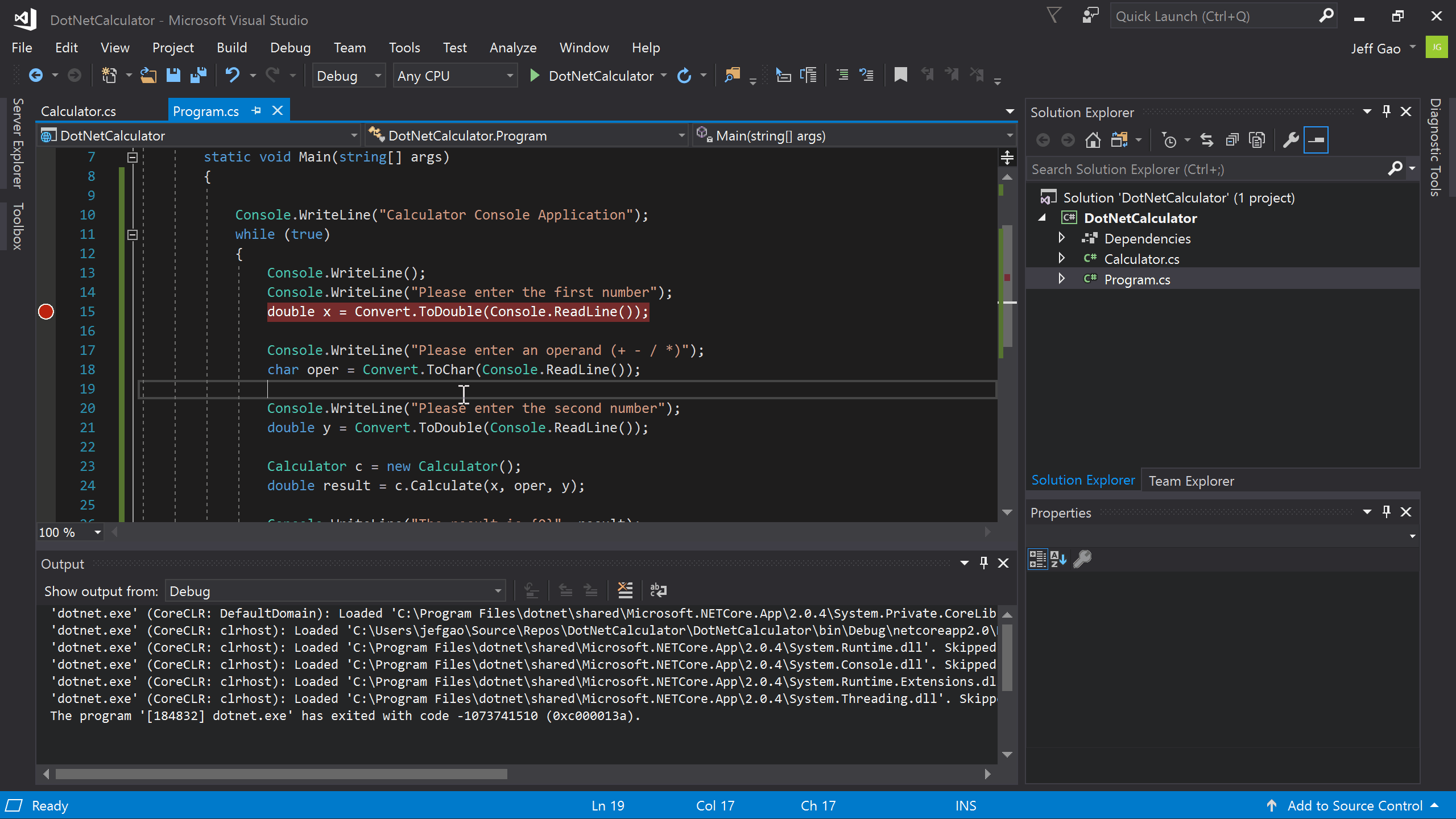

fromHtml(String source, int flags): This method is replacement of fromHtml(String source) method with the legacy flags FROM_HTML_MODE_LEGACY.ģ.

now please use fromHtml(String, int) instead.Ģ. This method was deprecated in API level 24. fromHtml(String source): This method is used to display styled text from the provided HTML string. Methods for Parsing HTML content In Android:īelow we define some common methods used for parsing HTML content.ġ. In this article we will show you both examples with same HTML content. We can also display the HTML content in WebView and its better then displaying it in TextView. The Html.ImageGetter needs to run synchronously and if we are downloading images from the web we probably want to do that asynchronously. We can parse null as for the HTMl.TagHandler but we need to implement HTML.ImageGetter as there is not any default implementation for this. This method can contain Html.ImageGetter as argument as well as the text to parse. In Android, for displaying HTML content we use omHtml() method.
#Text blocks in android studio code#
After looking into the android Source code and from a quick look at the source code, here’s what seems to be supported as of now. 7 Example 3 Of HTML content in WebView With Example in Android Studio:Īndroid API documentation does not stipulate what HTML tags are supported.6 Example 2 Of HTML In Android Studio Using TextView:.5 Example 1 Of Parse HTML File content Using WebView With Example In Android Studio:.4 Constant Flags used while Parsing HTML content:.3 Methods for Parsing HTML content In Android:.
#Text blocks in android studio how to#
2 How to Display HTML in Android TextView:.1 HTML Tags Supported in Android Studio:.When the user taps on the tag, the app starts writing the data. As soon as the user clicks on the button the app starts waiting for the NFC tag. The app uses a spinner that holds the different record types and an EditText that holds the data to write and finally a button (a Floating Action Button) to start the operation. The last step is implementing the UI so that the Android app handles different NFC record type and the user can insert the data to write. The first thing an NFC-enabled Android app should do is verifying if the NFC is present and if it is active: void onCreate(Bundle savedInstanceState) Implementing The Android UI For NFC App It is important than to know how to write NFC tags in Android. NFC technology is available on the newest Android smartphones and NFC tags are used to active advertising, smart payment etc. A typical passive device is NFC tag that can be used as advertising system for example.

Passive devices can send data to other NFC-enabled devices without a power source. NFC enabled devices can be grouped in two categories:Īctive NFC devices are capable of sending and receiving data and can exchange data with a passive device. NFC requires that one device behaves as the transmitter and the other one as a receiver. Near Field Technology (NFC) is a technology that enables short-range communication between two compatible devices that support this technology. What is NFC Technology?īefore digging into the details about how to use NFC in Android, it is useful to describe a bit about NFC technology. In this post, we will explore how to use Android API to write NFC smart tags. Android smartphones are capable not only to read NFC tags that contains data like URL, phone numbers and so on but using Android NFC Api is possible to write NFC tags. This post describes how to use NFC in Android to write smart tags.


 0 kommentar(er)
0 kommentar(er)
